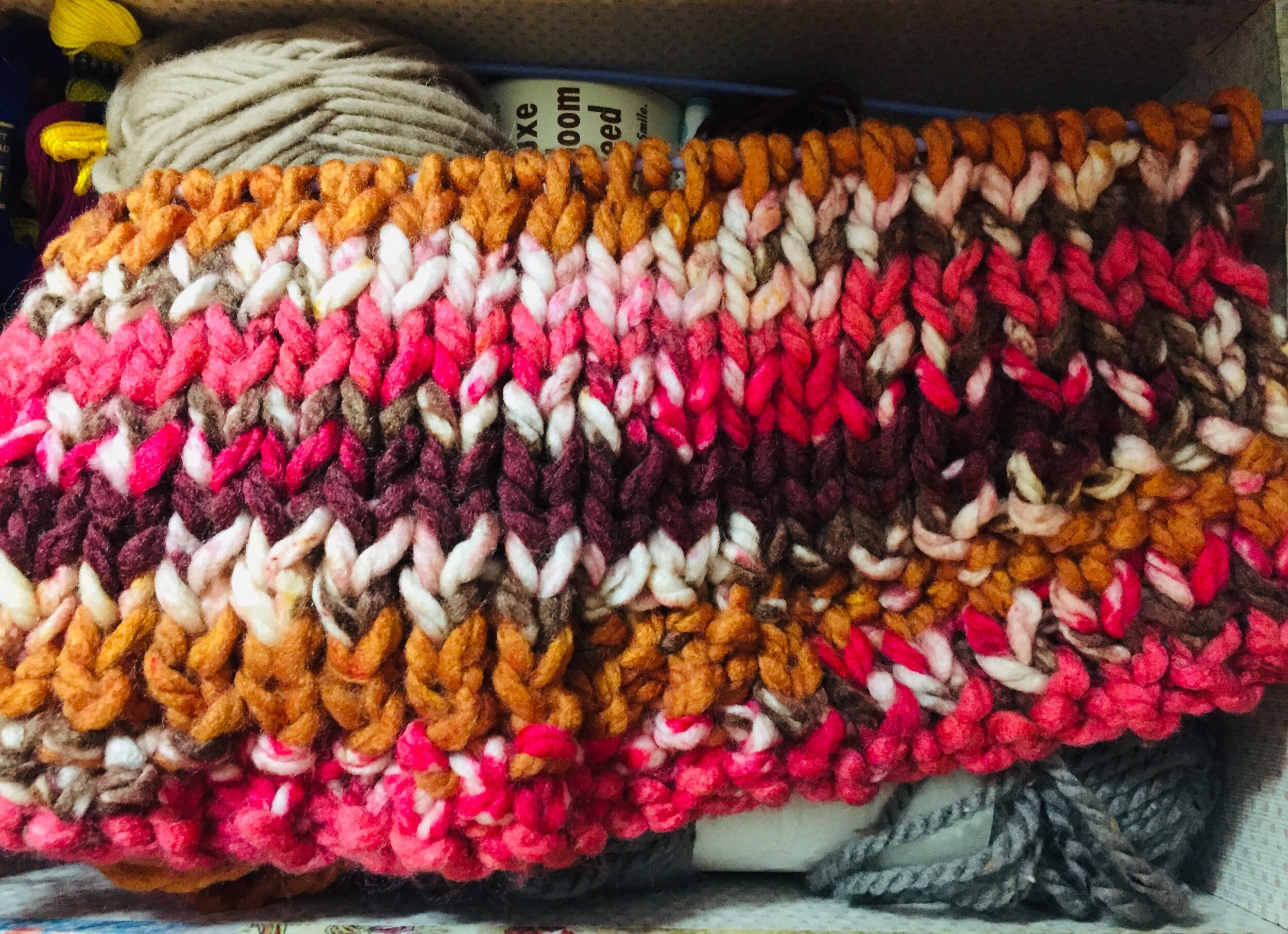Knitting is good for you.
State of emergency, remote health, pandemic…what? Yep, new life and new us. Better - maybe, stressed - for sure. Sedentary lifestyle is never good, unless you are knitting, of course. See my recent video with Michael Nula, PT about remote and in-person physical therapy sessions and get moving. I am always searching for activities and hobbies that will connect body with soul. For me it is many things, but I recently rediscovered knitting. Winter season is particularly likely to get me to knit - in summer wool feels heavy and I spend as much time away from couch as possible. When fall comes and temperatures drop I love the feel of warm wool on my fingers. I like how I can design, draw and then execute a project. Fingers are moving in rhythmical and synchronized fashion - almost like repeated prayer or steady beat. With that I feel that I can take a brake from all what surrounds me, the noise and pressure. You can watch a movie or participate in conversation while knitting, but for me it is more of a solitary sport where I can spend time with the project I am making, and when small pieces come to life to create something bigger, easily utilitarian and with lasting quality to it [Bernie Sanderns mittens anyone?].
There are a few sources that suggest and have limited, but plausible evidence that knitting may indeed be good for your health. And that in addition to keeping your body warm if you make gloves or sweater. One of its benefits is the one I noted, for finger movement and their elasticity and its use in occupational therapy which usually deals with hands health. It was also noted in past studies that knitting may prevent mild cognitive impairment. In 2011 Geda and co. published a study (button below has a link to it)in Journal of Neuropsychiatry and Clinical Neuroscience of random sample of 1,321 participants ages 70 to 89 who were interviewed for the purpose of this research. The study had 197 people with mild cognitive impairment - a little bit less than 10 % of individuals involved. All participants were asked about frequency of cognitive activities that they practiced late in their life and in a year preceding the date of the interview. Results of the study show that activities like knitting and quilting were associated with lower odds of having mild cognitive impairment. Similar findings were observed among those who read books and engaged in computer activities, but not e.g. newspaper reading and playing music.
The knitting benefits are also emphasized in patients with dementia that encourage socialization with others in knitting groups. You will perhaps not be surprised that Harvard has The Knitting Circle Club for their undergraduates and other knitting clubs in relation to that Ivy League School, which is intriguing, but at the same time great, cheap and effective way to provide knitters support and promote relaxation. The distressing techniques of knitting by rhythmical nature of repetitive movement of knitting needles some compare to meditation practice. I included below the New York Times blog with knitting benefits observed by another author few years ago. I also would like to mention here my favorite read in relation to this activity: Friday Night Knitting Club by Kate Jacobs, which is an absolute joy to read and relax with.
Spend this winter with taking on-line knitting class, get a book in library and learn the technique; celebrate this skill that many of us acquired as children - it is time to dust off your knitting needles.

